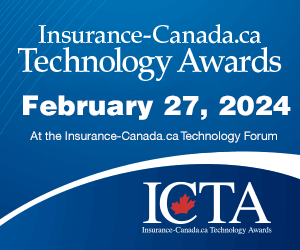December 15, 2011 – CHICAGO � The U.S. National Transportation Safety Board�s (NTSB) call for a national ban on the cell phone use while driving brings needed attention to the issue but the discussion should focus on how to reduce all forms of distracted driving according to the Property Casualty Insurers Association of America (PCI).
“Cell phone usage is only one of many bad habits that are distracting American drivers,” said Robert Passmore, senior director of personal lines for PCI. “Distracted driving is a serious problem and in our increasingly mobile world, it is becoming the norm. As we have seen with other motor safety issues such as seatbelt use and drunk driving, there is no single answer to addressing the problem of distracted driving. Finding the solution involves addressing distracted driving on multiple fronts including laws, enforcement, public education and primarily personal responsibility.”
According to the Insurance Information for Highway Safety (IIHS), 35 states and the District of Columbia have banned texting while driving and half of these bans were enacted in 2010. Ten states have enacted hands-free laws restricting the use of hand-held cell phones. Beginner drivers are restricted from using cell phones in 30 states.
A new Harris Interactive/HealthDay poll found that a large majority of adult drivers in the United States admit to being dangerously distracted while behind the wheel, Specifically 86 percent of adults admitted to eating/drinking while driving, 59 percent talk on a non-hands-free cell phone, 41 percent set or adjust their GPS device, and 37 percent text. Additionally, a quarter of respondents said they have driven after having two or more drinks, and 44 percent said they’ve felt sleepy while driving, “sometimes even momentarily dozing off.” Smaller percentages (7 and 12 percent, respectively) said they drive this way “sometimes or often.”
“This poll makes it clear that cell phones are not our only distraction,” said Passmore. “However, the pervasive use of cell phones and other devices while driving has changed how we operate in our cars. Too often, our cars have become high speed mobile offices. We applaud the NTSB for helping to focus attention on this particular aspect of the issue and encourage drivers to keep in mind that navigation systems, eating and drinking as well as grooming can all serve as distractions that compromise safe driving. Distracted driving of all kinds is a serious problem that requires renewed attention and changes in behaviors. As this national debate continues in the media and around dinner tables we need to go back to the basics, change expectations while driving and reject the pressures to do anything else while operating a car.”
About PCI
PCI is composed of more than 1,000 member companies, representing the broadest cross-section of insurers of any national trade association. PCI members write over $180 billion in annual premium, 38.3 percent of the nation�s property casualty insurance. Member companies write 44.3 percent of the U.S. automobile insurance market, 31.6 percent of the homeowners market, 36.3 percent of the commercial property and liability market, and 42.6 percent of the private workers compensation market. www.pciaa.net



